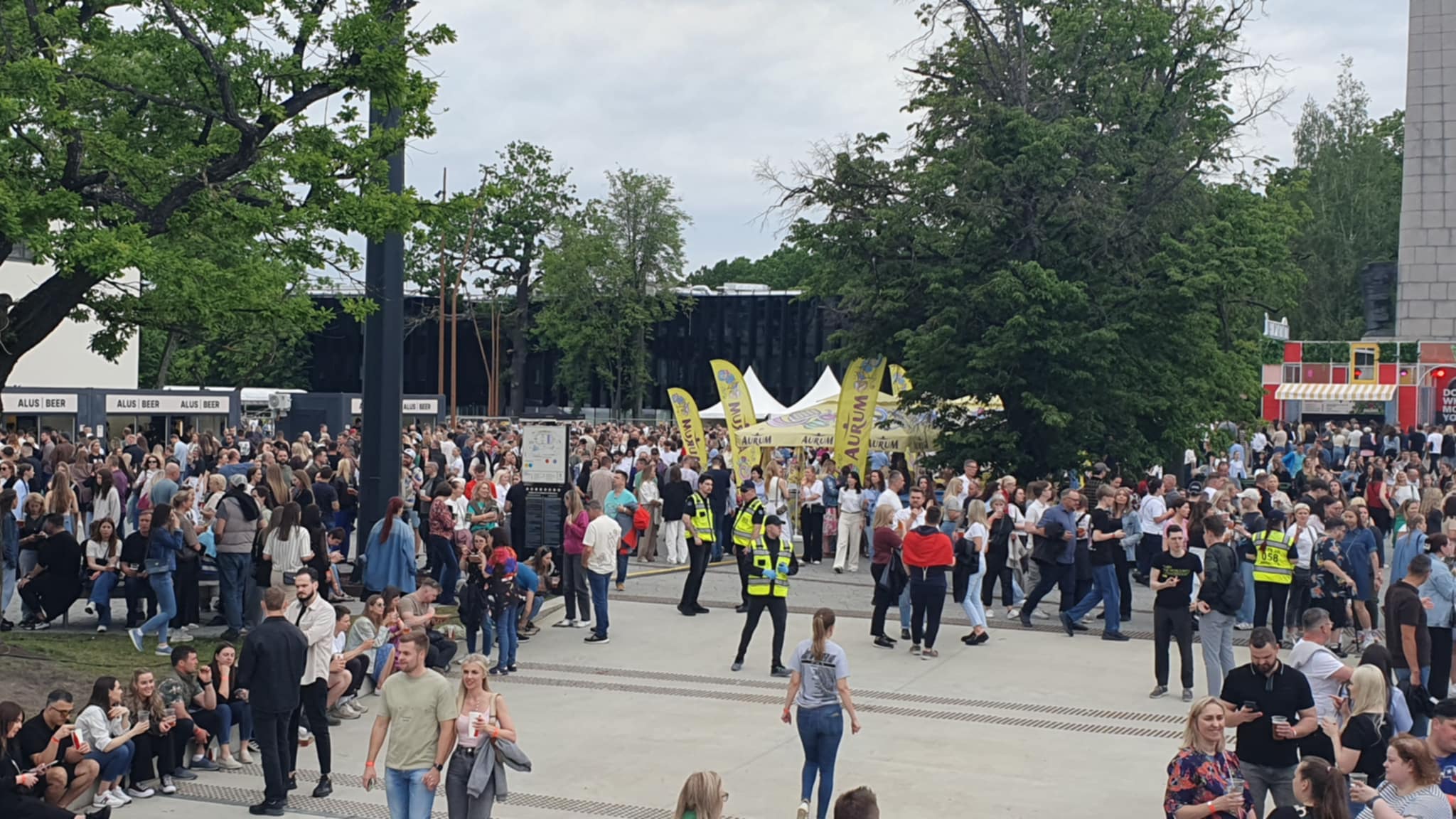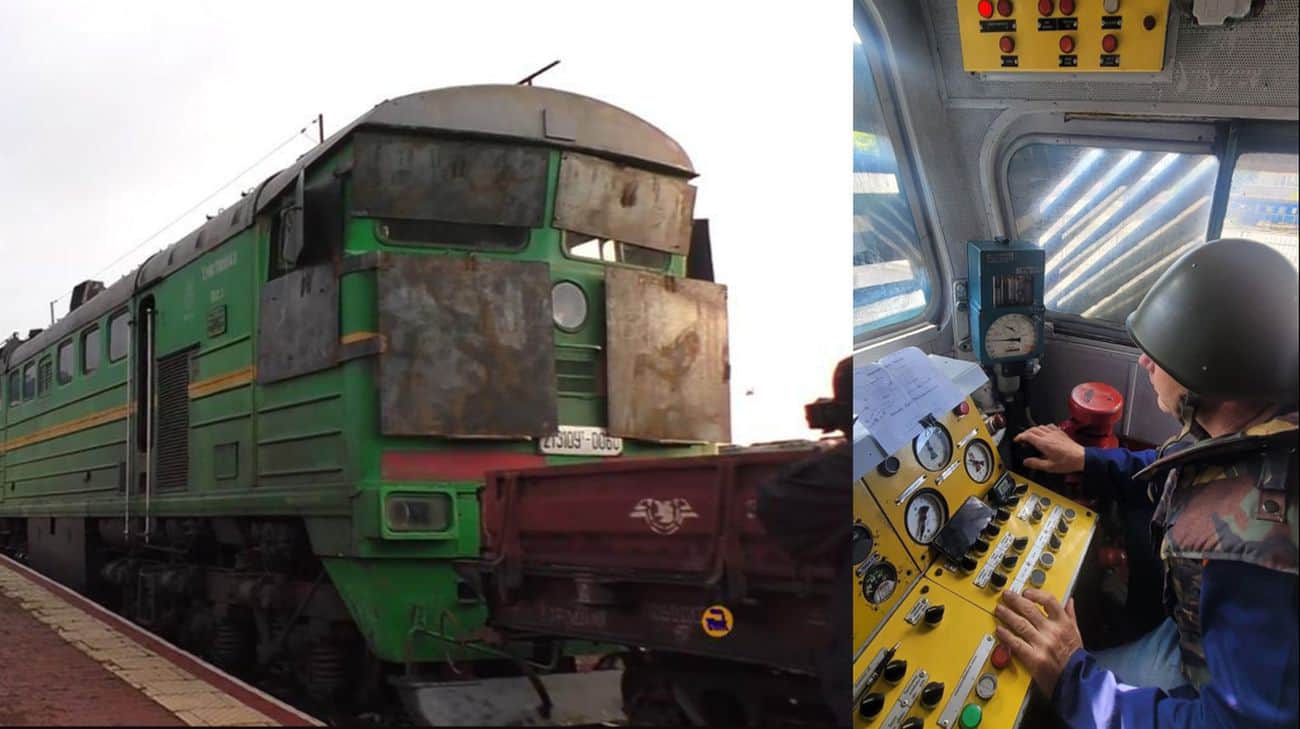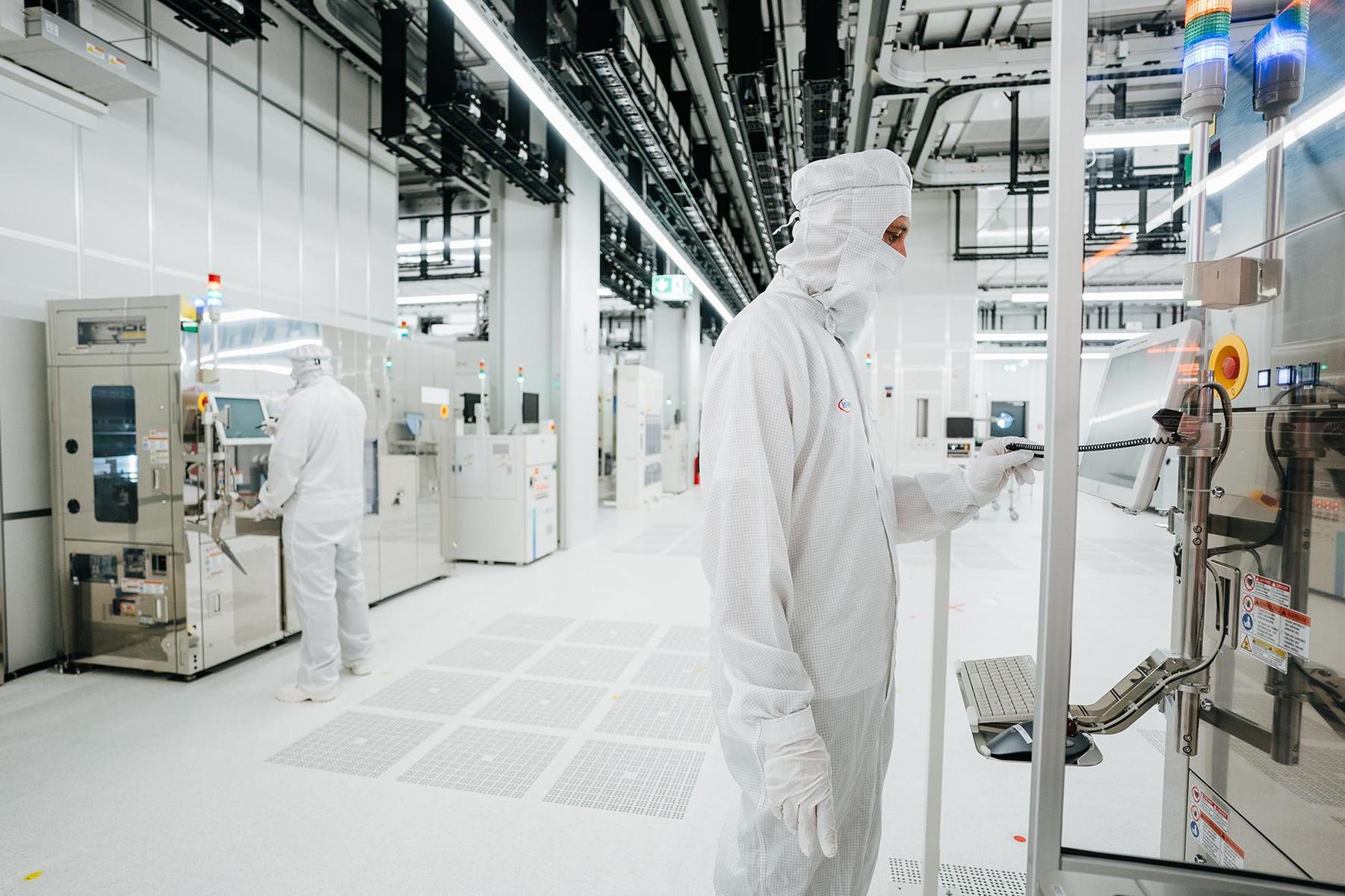Self -confidence and environmental support – the forces of solving dancers with disabilities

According to the performance choreographer Vengre Adrienn Hód, different bodies dancing on stage remind you that a person is capable of doing much more than he sometimes seems to be. But Harmonia not only explores, but also invites you to enjoy life. About the topics in the performance is a conversation with his choreographer.
– How did the idea of the performance come about?
– The idea came from the Bremen theater side – they came up with the fact that the theater troupe « Unusual Symps » was a project that would include invited performers – professional artists with disabilities and offered to create choreography for a performance.
Although I have repeatedly visited performances that dancers with disabilities have been dancing, I worked with such a band for the first time. Therefore, from the outset, we invited expert Gustav Filiakov to join the project, who helped with his knowledge: introduced the historical background of the area and the current situation, how people with disabilities act in society and what they create.
We started the creative process through Covid-19 pandemia. We announced an open selection of dancers and, to our surprise, received about 200 applications. It was important for us to choose the right people, but the process was complicated by the fact that it was going online, so we organized remote sessions with some dancers. However, we finally managed to bring together a great troupe of dancers.
After a long preparation and search for actors, we finally found ourselves in the studio. Throughout the process, I had a lot to learn – from organizational questions about how this group can get into space, to their physical capabilities. It was important for me to know them, and it was not easy.
– What was important to you when choosing dancers?
– Together with the team, we had a long discussion of what group we wanted to bring together before we finally decided to focus on physical disability dancers. Thus, there are no people in the group with mental disorders or learning difficulties – all participants only have physical disabilities. Of course, we tried to make the selection as professional as possible: we were interested in their previous work scene experience, working methods and interests. We knew we were looking for people who were able to work with improvisation because I work with all the troupes. It was clear that this was not a therapeutic project – we sought to create full -fledged artistic work.
Photo by J. Landsberg
– The performance is danced by professional dancers – both with disabilities and not. How did you succeed in balance the work in such a mixed group?
– During this process, Gregor, along with the playwright, was interested in working with mixed groups. We have decided that the « horizontal scale » principle, which states that it is important to find balance. People with different physical fitness and movement opportunities can share space together, inspire each other and learn from each other.
From the beginning, rehearsals had a structure – every day we did the warm -ups that another person – a teacher from the country or one of the dancers – was conducted. I often watched warm -up from the side to see how they move, think, express themselves, share experiences, communicate with each other, and their skills. I received the information I used to create choreography.
In general, the part of the warm -up eventually became an integral part of the process itself. It was not the case that we came and immediately took something serious – we played a lot and knew each other. For example, I gave them the task: the dancers set off on the stage further from each other, and their goal was to merge – without words, without visual contact, only through touch. This process took a two and a half or even two hours. We did a lot of partnership tasks – motion support, where one helps the other to move. There were moments when dancers came to rehearsals with their ideas – what they want to show on stage, what they are interested in.
There is no one correct technique on the modern scene that everyone should apply or the right body necessary to master it.
In a later stage, we started working on how they can open up to the audience and experience pleasure by sharing their experience through physical action. All of this acquired the dramatic direction we discovered in this creative process.
– What did you learn from this experience?
– I think I understand how to create a space where people can open up, trust themselves, discover their creativity and opinion. I learned to plan my time better. After this process, I try to provide more space for what is happening, not planning and hurrying.
– What was the hardest?
– The hardest thing was to maintain the principle of the « horizontal scale » I mentioned in the group. For example, one person can run, jump and fully use his energy in space, and the other to be more fragile, subtle. So my task was to find a way that this physical range – from strong to subtle – could exist and act together without suppressing each other.
– How did you succeed?
– It was difficult not only technically but also emotionally – both for me and members of the group. Our group consisted of people with different experiences, different bodies and attitudes. As a result, we have a lot of discussion, trying to create a space where we could trust each other and share everything – even if the question seemed strange or uncomfortable. The most important thing was openness. Of course, everyone was entitled to not share their feelings or thoughts if they did not want.
Photo by J. Landsberg
– Why do you think theater has decided to create such a performance at all?
– It is common in Germany that playwrights meet every year to discuss topical issues and decide which topics to pay more attention. One of the increasingly emphasized topics recently is the inclusion. This is not only about people with disabilities, but in general about broader opportunities for everyone to participate in cultural life.
Since the Unusual Sympt Troupe is a dance, it began to ask, « What should be seen on the contemporary dance scene? » Creating this performance not only for me, but also encouraged the theater to rethink both the creative processes and the practical aspects, from working with performers to the adaptation of space. It is also important that the theater does not want to be limited to a one -time project – they plan to continue this path. Already in the autumn, a new piece, along with another Bremen troupe, has been planned, this time involving people with Down syndrome. I think they really seek to open up more spaces and give a voice to those who often remain in the borders.
– The performance invites you to explore and explore different bodies. What do you think viewers can discover new about the body by observing this performance?
– It is difficult for me to say what people feel when observing this performance, but from what I have heard and see in society, I understand that it affects everyone differently. For some, it can be a pleasant experience that gives a little more inner freedom – a person feels that even if his body he can’t, he is capable. I think we are all capable if we are confident and in a favorable environment.
Modern dance in general is a great platform to reveal diversity, because on stage you can see people of different ages, body and experience – from amateur to professionals. Especially since there is no one correct technique on the modern stage that everyone should apply or the right body necessary to master it. The farther away, the more I realize that we are all much more similar than it may seem. For me, the creation of this performance has been little different from working with non -physical restrictions, because I believe I can find a way to create together in all circumstances.
Photo by J. Landsberg
Focus on the elderly
A unique project – Agnietė Lisičkinaitė and Greta Grinevičiūtė’s contemporary dance « Dance for 1,000 Years » – will be presented to the audience of the New Baltic Dance festival. The show will bring together professional dancers and old people with Parkinson’s disease or other movement disorders who will just take the stage on stage. This choreographic work is part of the international project « Dance Well » produced by the Lithuanian Dance Information Center (LSC), whose mission is far broader than just on stage.
The premiere of the « Dance 1,000 Year » project took place in Kaunas Picture Gallery last October. In the miniature, the creator of « Dance 1,000 » sought to eliminate the boundary between « them » and « ours » – professionals and everyday life. This is how the viewer is invited to look at the dance from another perspective – when the limits of artistic expression are transcended and dance becomes a universal experience of human communion.
« These people’s body capabilities are quite limited – even the simplest movement tasks were difficult for them. So we developed daily movements to understand that dance is around us and we do not need to know something specific to dance. Grinevičiūtė.
In addition to older dancers, contemporary dance professionals, Dance Well teachers: Erika Vizbaraitė, Goda Laurinavičiūtė, Gabija Blochina, Mantas Stabačinskas, Marius Mikis and Adrian Carlo Bibiano will appear on stage.
The creative European project Dance Well began in 2013. as a local initiative in Italy, and by 2019 has already been expanded internationally. The project unites eight stage arts and educational organizations from five European countries: Italy, Germany, France, Lithuania and the Czech Republic.
In these countries, communities, through dance, seek to mitigate the effects of Parkinson’s disease and other movement disorders and to improve patients’ well -being.
« We started to organize dance lessons in Kaunas in early 2022 with the fear of obscurity – how to create a space that is safe for elders and six professional dance teachers and museum visitors.
This year, the third season of contemporary dance lessons has moved to a new place – the Ąžuolynas Library. Lessons are open to everyone and are available for free.










